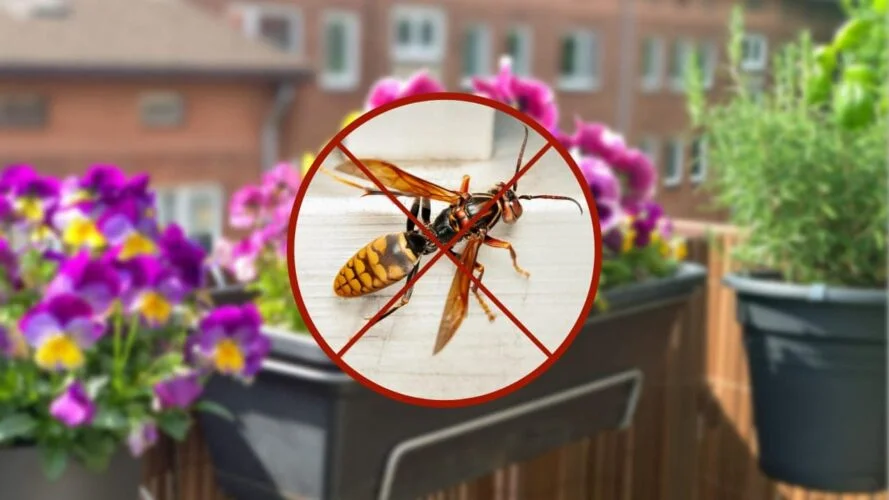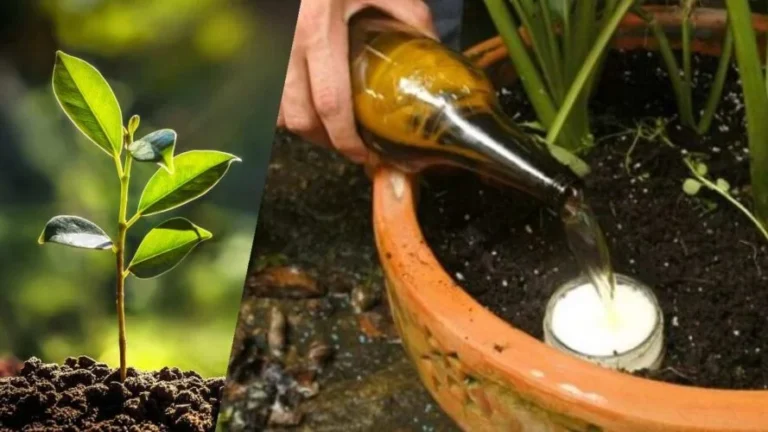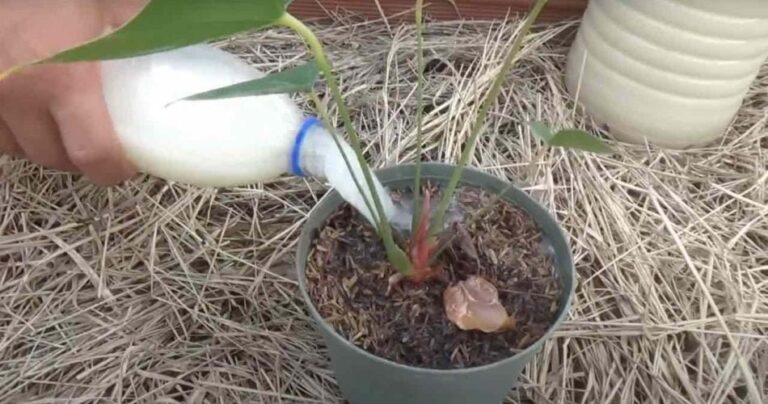Wasps and hornets will be a distant memory with this plant on the balcony.
By placing this plant on the balcony, wasps and hornets will be just a memory. Thanks to his properties, everyone will escape.
With the arrival of spring nature offers a series of flowers, somehow we return to life. And this is how animals come out of hibernation, including wasps and hornets. These are fearsome insects that can nest in the external corners of a garden or the house itself. To ward them off and ensure that they don’t occupy common spaces, there is a plant that can help by scaring the insects away.
How to keep wasps and hornets away from your home?
Wasps and hornets should not be confused with bees . Each of them represents a different category with particular characteristics:
- The wasp has a long, tapered body with a yellow livery.
bees pollinate and their task is fundamental. Wasps and hornets also have their role in nature, keeping in mind that their aggression is always brought about by a defense in case of threat or presumed such. Their stinger does not break after the sting, unlike the bee.
The plant that wasps and hornets don’t like
It’s normal to be afraid and want to avoid contact with them in any way. In their presence, you shouldn’t get excited and you shouldn’t bother them, because in defense they can protect themselves by biting. If you find a nest, you should not touch it but contact an expert in the sector who will move it safely.
They are insects that do not have a long life, ending their cycle with the arrival of winter. The ecosystem is a perfect machine , so we must not damage them, but adopt plants that can ward them off due to their particular characteristics.
It is the Camphor tree, loved and sacred throughout Japan.
This camphor plant is not only very beautiful, but it is also able to purify the air. These are specimens that survived after the bombing of Hiroshima, which is why it is revered and loved. The symbol of Japanese life is a hardy evergreen that does not require special care. Among its characteristics is that of keeping wasps and hornets away thanks to its scent which they do not like.
The ideal time to plant it is spring, placing it in a shaded or sunny area. It adapts perfectly to different terrains, because it avoids water stagnation in any way. It does not want watering of any kind , except in certain periods of the year. It tolerates low winter temperatures, although it is preferable to protect it from frost. Keep away from animals and






